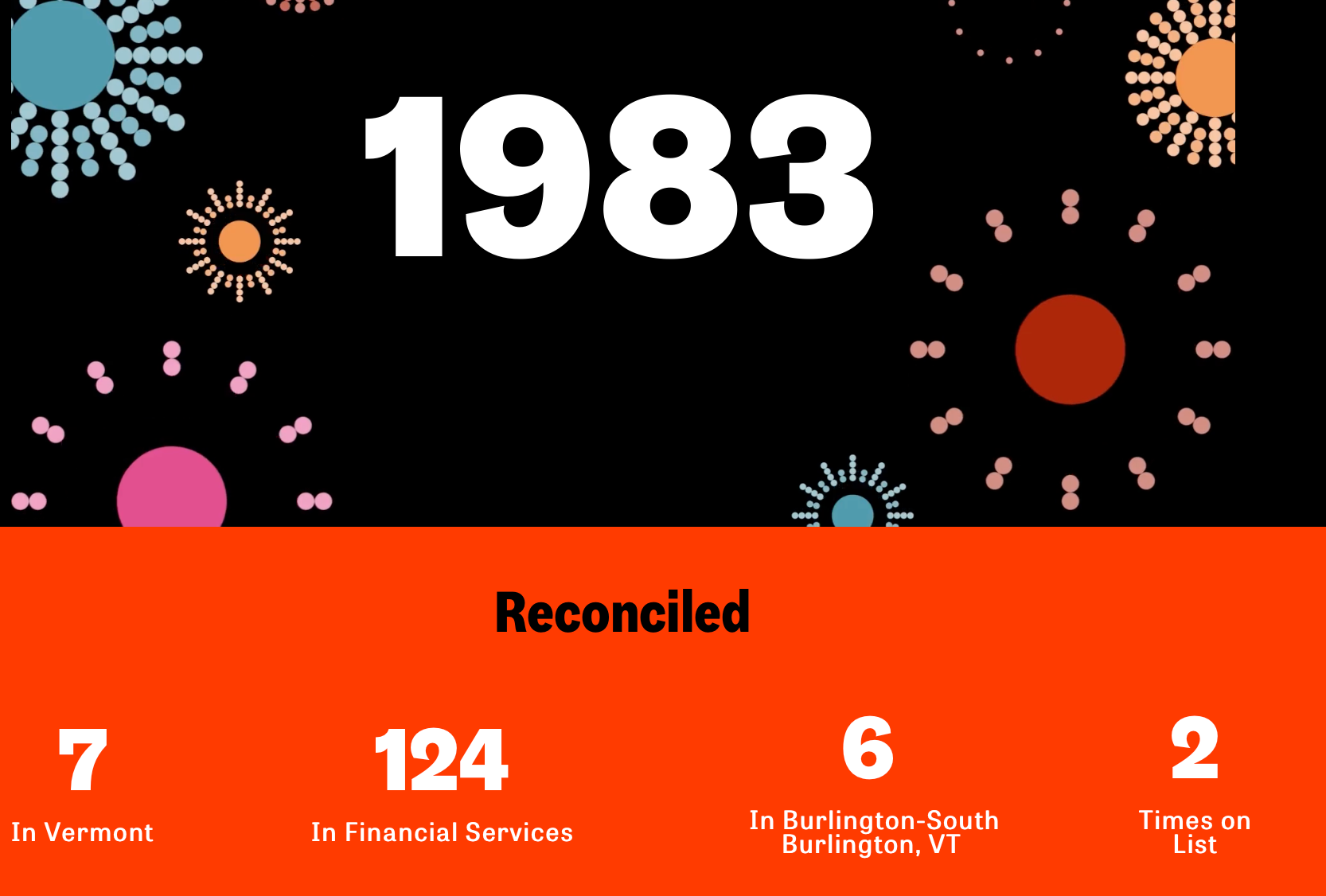Managing cash flow is one of the biggest challenges facing small businesses, especially during the early years of operation. In fact, in a study done by U.S. Bank, 82% of the time, poor cash flow management contributed to small business failure.
Having enough cash flow to cover business operations is essential – including both regular recurring expenses, infrequent and unplanned expenses, plus tax payments. Here are 6 ways to keep your cash flow healthy and your business thriving.
1. Establish a Detailed Financial Forecast
A detailed financial forecast is an incredibly valuable tool in maintaining healthy cash flow. This includes anticipated revenues and expenses from upcoming projects, administrative costs, owner salary, and also unexpected costs. Using conservative estimates allows you to be strategic about your spending and realistic about the profitability of the business.
2. Track Numbers Regularly
Track your actual income and expenses in relation to the budget projections on a monthly basis. This will be a valuable tool in creating more accurate projections going forward, as well as providing the data to make changes as needed. Anticipating changes and being flexible with them as they arise will add to your business success.
Look at expenses in relation to revenue. Although many business owners focus on increasing sales, this isn’t always the best solution. Sometimes expenses need to be reduced.
3. Use Benchmarking
Consider setting benchmarks at industry standards for expenses as a general guideline that will help you weigh the cost-to-benefit of each expenditure. Some costs are more necessary than others.
Benchmarking is also a great way to make sure your pricing structure is relevant. Many newer business owners undercharge for their services, causing long-term headaches in profitability for the business. Avoid this pitfall through market research of other relevant firms.
4. Maintain a Cash Reserve
When possible, establish and maintain a cash reserve. Although this isn’t always an option, particularly for new businesses, having a cash reserve to fall back on can be an invaluable resource in a cash crunch.
5. Collect on Receivables
Reduce the collection time on receivables. Establish payment at the time of service or shorter payment in arrears as standard procedure and consider offering discounts for early payment. Pay attention to what percentage of receivables you are actually collecting. Implement a standard collection procedure for following up with past-due accounts.
6. Get Help When Needed
Don’t be hesitant to enroll the help of an accountant, bookkeeper, or financial professional in understanding and managing cash flow. For help with cash flow management in your small business, please contact us.
The post 6 Tips For Successful Small Business Cash Flow Management appeared first on Reconciled.
Recent Posts







